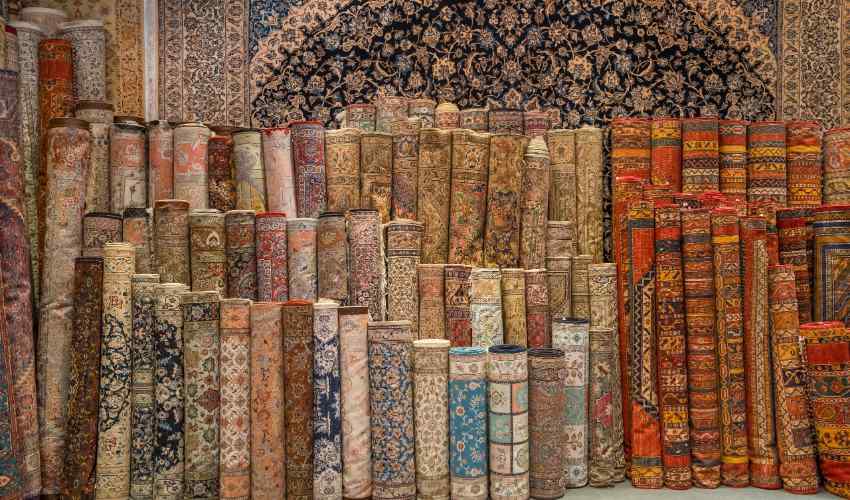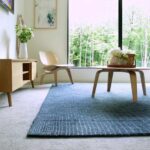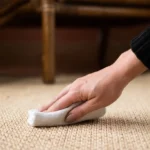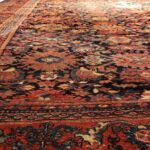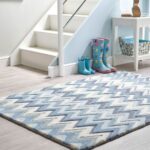Persian rugs, the epitome of vibrant cultural heritage and weaving excellence, are recognized as the most valuable floor coverings. These deluxe rugs come with an entire plethora of unique design tactics, immersive patterns and prints, and vibrant hues, and offer the kind of comfort that is hard to beat. But aren’t you interested in knowing their origin?
As per an interesting fact, these rug dates back to 5000 BCE and have been through various evolutions as well. Feeling captivated? Rug Dubai has given you an entire presentation about the history and timeline of Persian Rugs. So let’s get going!
Insights Into The Origin, Early History and Timeline Of Persian Rugs
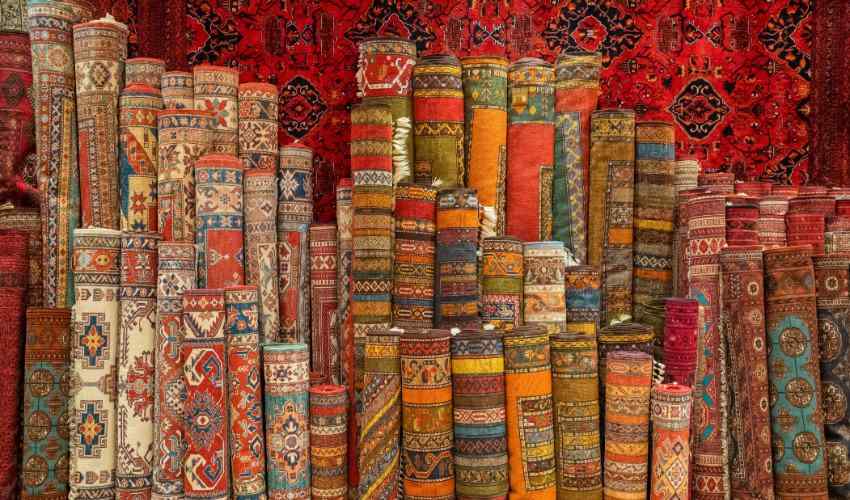
Upcoming is a mind-blowing take on the beginning and the over-time development of these rugs. We’ll also be going through the structural breakdowns and aesthetic intricacies of these rugs, along with the factors that influenced them all along.
Also Visit: What Is The Best Way To Clean & Protect A Persian Rug?
1
Achaemenid Empire Beginning
- The foremost evidence of Persian-style carpet weaving is associated with the Achaemenid Empire.
- Carpets at this time were made from simple and basic, mostly natural materials such as plant fibers and reeds.
2
Sasanian Empire Shift
- Next up, comes the Sasanian empire which had a major influence over carpet-making art.
- Both the material selection and weaving techniques evolved and elevated in this time; silk and wool were the prominent materials and designs also became more detailed.
- The Pazyryk carpet that was discovered in Siberia is said to be a testament to the earliest carpet weaving and also depicts the weaving uniqueness and excellence of that period.
3
Islamic And Caliphates’ Influence
- The arrival of Islam had a significant impact on the carpet and rug weaving culture and carpeting from that time widely featured Islamic art.
- Cairo and Damascus were the pioneers of traditional Islamic carpet weaving and the major production points of rugs and carpets as well.
- Persian soft floorings at that time had elaborate arabesques, i.e. floral, geometric, and intertwined designs and patterns and other similar vibrant decorations.
4
Seljuk Influence
- Seljuk invasion led to a dynamic shift in the rug weaving cultures and this era is also known to be the one in which Royals and Elites focused on dedicated rug workshops.
- The carpet industry rose most significantly during this period and the carpet-making tactics widely involved the creation of immersive geometric patterns and bright colors.
- This unique style of rug weaving is also considered to be a Turko-Persian tradition and carpet weaving was chiefly patronized by nobility.
5
Mongolian & Timurids Impact
- The Mongol invasion, again, had a huge influence over the carpet industry and weaving cultures, similar to the various other artistic influences it brought.
- The Timurid Renaissance is considered the golden era of Persian carpet crafting and it continued to influence soft flooring aesthetics like none other.
- Rugs at that time were woven with exemplary excellence and their meticulous design details almost resembled paintings in terms of fineness.
- Other than floral motifs and geometric patterns, immersive story-telling prints were also a highlight which tend to give astonishing cultural and traditional insights.
6
Safavid Dynasty Shift
- The Safavid dynasty is also regarded as a revolutionary period for the very art of Persian floor covering and is often considered the “heyday” (prime) of this rug production.
- An exceptionally noteworthy fact is that there were Royal workshops in Tabriz that designed innovative carpets.
- These carpets stood out with their silken crafting (meaning silk was primarily used for construction) and eye-catching Medallion motifs.
- Another highlight from this period is the iconic Ardabil Carpet which features exceptional knot patterns, and unique silk and wool piles and is of great significance.
7
Qajar Dynasty Shift
- The Qajar Dynasty had an influence that was more in terms of commercial-grade crafting meant to meet the extensive requirements of the market.
- Persian rugs from this time came in build levels (quality) and design options.
- Various rug patterns and styles in this period also had certain European impacts for added versatility and as a sign of evolving landscape conditions.
Persian Rugs Today | Quick And Interesting Facts

From the 19th century to the present, the very art and industry of Persian rug crafting has gone through significant changes and challenges too.
- In the modern era, it has become quite hard to keep up with the design excellence and traditional weaving techniques of oriental rugs; all due to the rise of machine-made soft floorings.
- Another reason for this is that the authentic making of Persian carpeting is extremely detailed, difficult, and time-consuming, something not feasible in our fast-paced world.
- But despite machine-made carpeting being a norm, the matchless art of oriental carpets still continues to thrive. That’s because all this legacy has a lot to do with cultures and traditions as these rugs are legit heirloom art pieces.
- Genuine silk Persian carpets are said to feature up to a good 1,200 knots for every square inch which is also the primary reason for them being very costly. Irrespective of the size you get, this rug always tends to be a deluxe investment but of course well worth it.
- Other than eye-catching beauty, oriental carpets are also incomparably sturdy and heavy-duty as they are made of silk and have a high knot density. But for maximum longevity, getting an authentic silken piece is a must.
We’ve high hopes that you enjoyed these fun facts!
Bringing To An End
This was our time with the entire history and value-defining aspects of the oriental rugs. These one-of-a-kind rugs are considered a part and parcel of every opulent decor and also tend to be a major preference of every tasteful individual. And if you’re also one of those who appreciate classic art and decor, you must find oriental floor rugs to be a truly mind-blowing universe to explore. So as a treat for you, we’ve come up with a detailed undertaking on the emergence and development of these rugs to help you top up your information and also get enough assistance for making worthwhile home improvement choices.

